Tag: employee engagement platform
It’s Time for Culture Change

Achieving aggressive sustainability goals requires more than a strategy; sustainability leaders need to facilitate a culture change so that sustainable practices are part of a new normal.
Making Cool Choices in Northeast Wisconsin
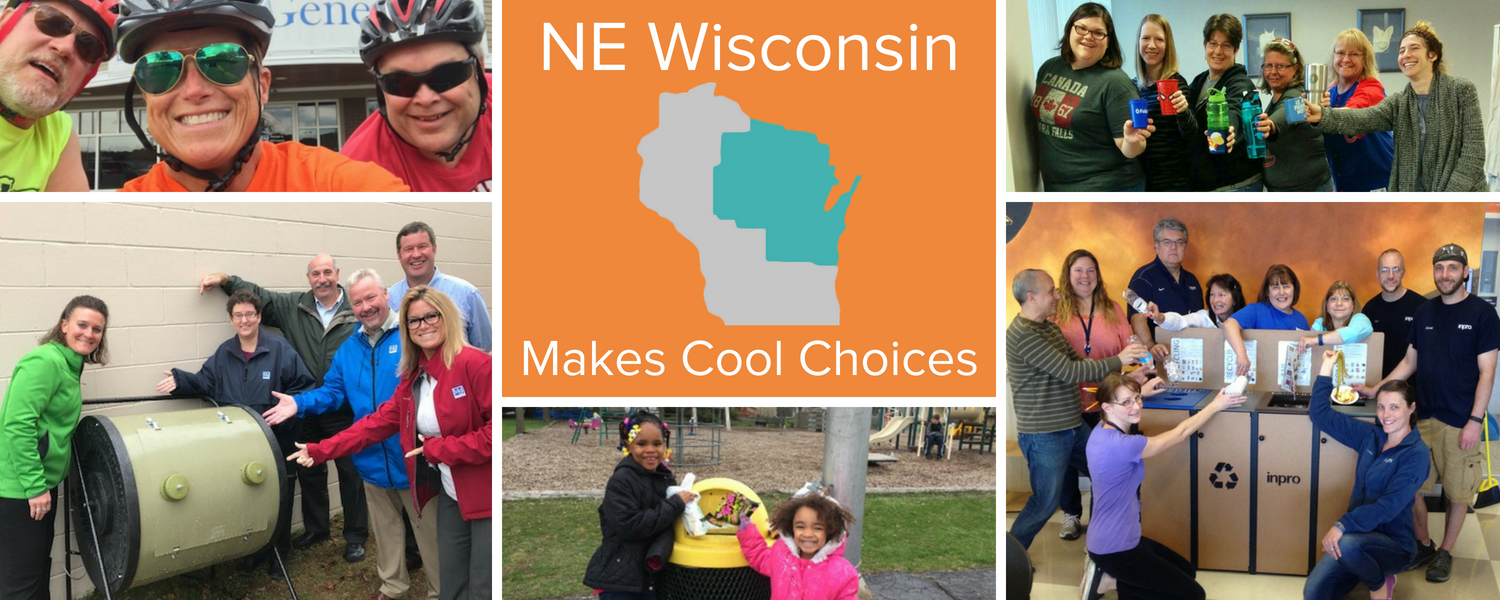
Some ideas are so good that they merit replication.
Last year Cool Choices did a community-scale sustainability program in Waukesha County, in partnership with the county’s workforce development team and local chambers of commerce. Sustainability leaders in the Fox Valley heard about the program and reached out to ask if we could replicate the program in their region.
Sustainable Communities: Inspiring Local Changes to Address Global Challenges

Communities across the U.S. and around the world are making big commitments to clean energy and environmental sustainability more broadly. According to a 2018 report from the CDP, more than 100 cities get most of their electricity from renewable energy sources—up from just 42 in 2015. Plus, a growing number of communities ranging from London, England to Norman, Oklahoma and Eau Claire, Wisconsin are making commitments to clean energy and carbon neutrality.
Behavioral Insights on Increasing Electric Vehicle Usage
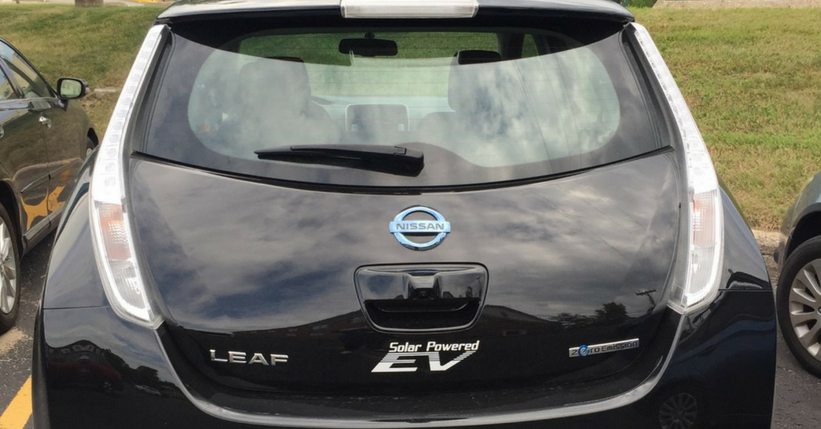
Globally we’re in the midst of an exciting transition to electric vehicles and there are signs of the change everywhere you look with cities, states and utilities all helping to promote this transition.
Inspired to Keep Standing Up for Sustainability
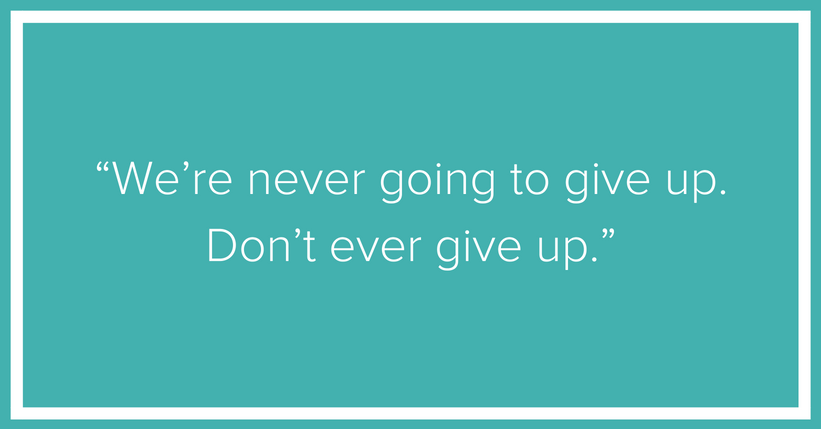
Advocating for sustainability is difficult work. Sometimes it feels a little hopeless—we see the headlines about shrinking glaciers and rising temperatures alongside stories about short-sighted politicians. Or our efforts to implement a new sustainability practice lack traction and we feel that nobody else cares about these issues. Frustrated and discouraged, we might start to ask ourselves if our efforts are in vain, if it’s even possible to make change happen.
Immediate Savings Plus Insightful Data: Making Cool Choices
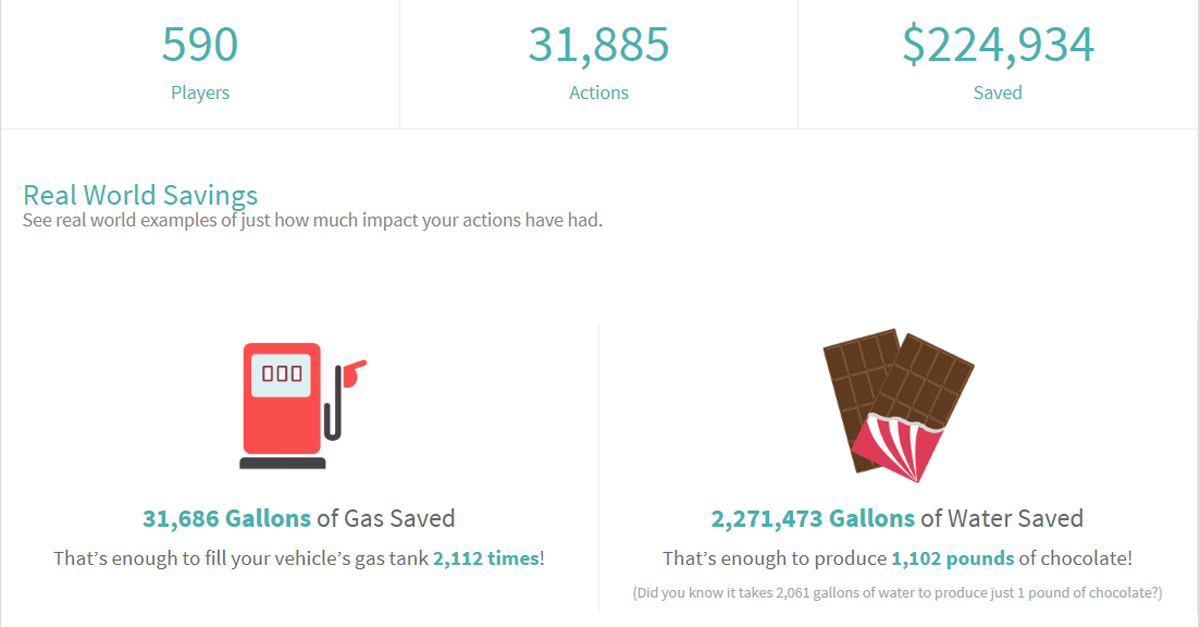
When Cool Choices implements a sustainability engagement program, we inspire participants to adopt new practices at work and home, we get people talking about sustainability, and we show people how their actions matter. In addition, we provide our partners—the corporate sustainability director or the community green team—with data and insights that can help these leaders build on the momentum we’ve created together during the program.
2018 Sustainability Goals and Trends
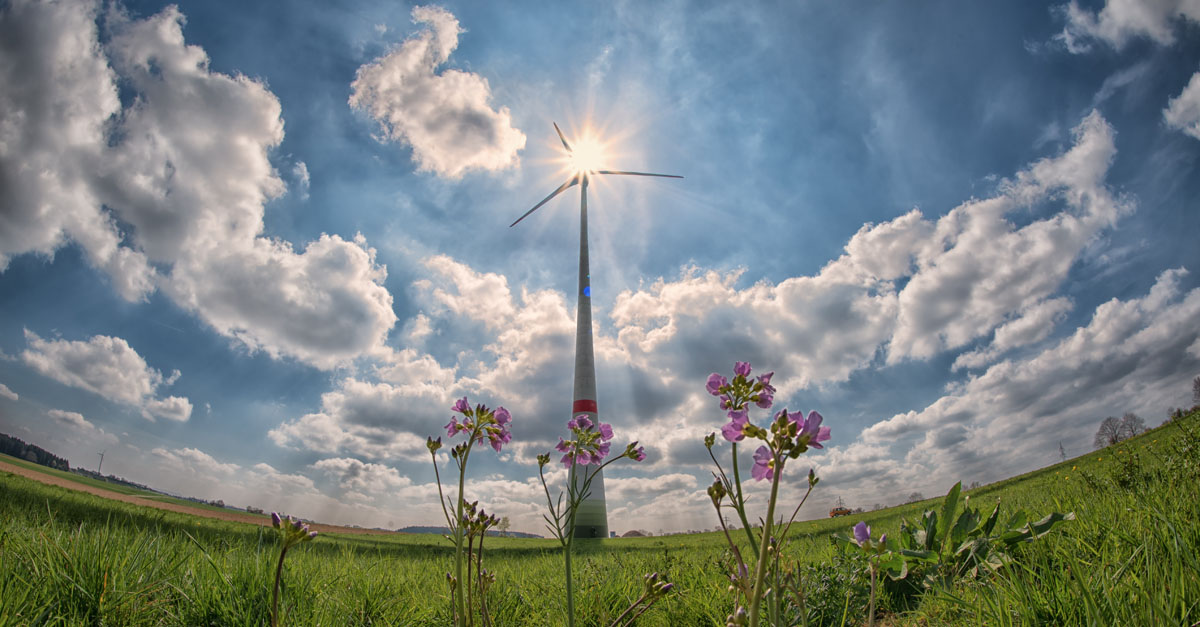
In the wake of the US federal government pulling out of the Paris Treaty on Climate Change, cutting the budget of the Environmental Protection Agency (EPA), and reducing national park land, some might wonder what 2018 sustainability trends might look like. However, new entities have emerged to lead the fight to reduce climate change and champion sustainability. We saw more than 2,500 businesses, local governments, colleges and universities, tribal leaders, and faith-based organizations step forward and sign the We Are Still In pledge, committing to tackle climate change, ensure a clean energy future, and uphold the Paris Agreement with or without the help of the federal government. Efforts like We’re Still In demonstrate the power of leadership at all levels.
Calculating the ROI of Employee Engagement

If you ask a savvy sustainability manager to calculate the return on investment (ROI) from an efficiency project, they are likely to ask a few follow up questions—because they know that a solid ROI compares all costs to all benefits, and it can take a little digging to get the requisite data.



